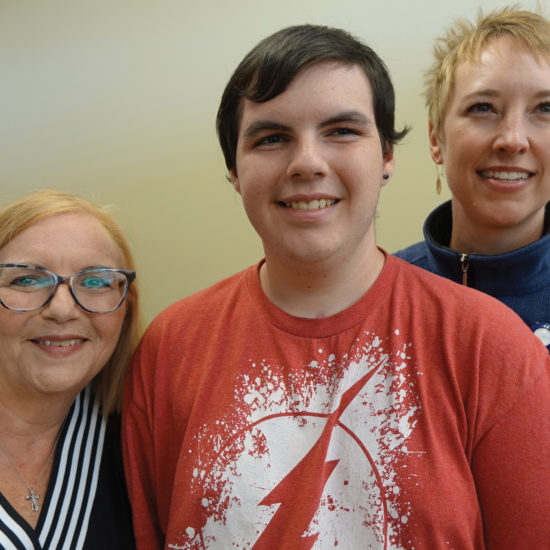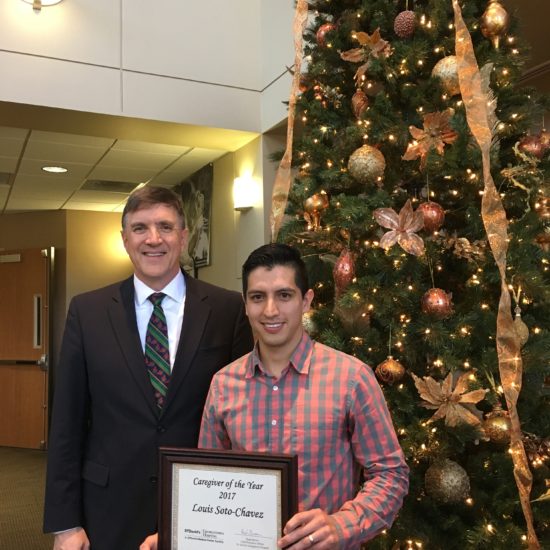
You’ve already heard that sitting is the new smoking. A study published in the American Journal of Epidemiology found men and women who sat more than six hours a day died earlier than their counterparts who limited sitting time to three hours a day or less.
The study surveyed 53,440 men and 69,776 women who were healthy at the start of the study and over the course of the 14-year follow-up they saw a higher rate of mortality among the frequent sitters. “Associations were strongest for cardiovascular disease mortality. The time spent sitting was independently associated with total mortality, regardless of physical activity level,” the study says.
But, Jay Pandya, M.D., interventional cardiologist assures us that, while it is still a work in progress, heart-healthy exercise, even in middle age, can reverse the effects of too much sitting on your cardio health.
“The program needs to be a multi-prong approach,” Dr. Pandya says. “Patients with established disease profiles often need medication and/or surgery but, very often, the underutilized diet and exercise modifications are overlooked. While the perfect heart-healthy diet is always in flux, we know a lot more about what healthy exercise can be.”
Dr. Pandya says, from a cardio perspective, sitting and sedentary lifestyles are problematic because humans were not “designed” to sit so much. “It creates issues for our spine, can contribute to diabetes and many other health issues. But starting exercise, even in middle age, can work to reverse the damage that comes from sitting for long periods of time.”
He adds that what the study is talking about is not training for a marathon or an extreme training regimen. “What we’re talking about is not huffing and puffing but merely adding more movement into your routine. Moving, standing, walking and being ambulatory contribute, in small degrees that, once accumulated, can improve your oxygen intake and improve the plasticity of your heart muscle. Both are markers for a healthier heart.”
Moderate movement that produces a little bit of a calorie burn helps your heart beat and pump a little more. It lowers insulin levels in the body, helps with flexibility and, in the aggregate, can make a big difference.
Dr. Pandya emphasized that wherever a person is in their fitness level, there are always next-level goals, no matter how small. “If you’re sedentary now, perhaps standing more is a new goal. If you walk a little, focus on walking more or just staying in motion. Walk around while you brush your teeth, or use a personal pedaler while watching television. Incorporating a next level of intensity will be beneficial at any stage.”
He also says to be aware of diminishing returns. “If you’re already running a half-marathon, you don’t need to run a full marathon to have a healthier heart. Just choose the right exercise for you, otherwise you won’t do it. And like my mentor, Neil Stone, always said ‘Eat less, move more.'”
Low-impact exercises include swimming, rowing, walking, and perhaps a fancy suspension suit.
If you already have a heart condition, Dr. Pandya says, small movements and getting off the couch will not pose a risk and just check with your own doctor before beginning a more aggressive routine to be safe.






